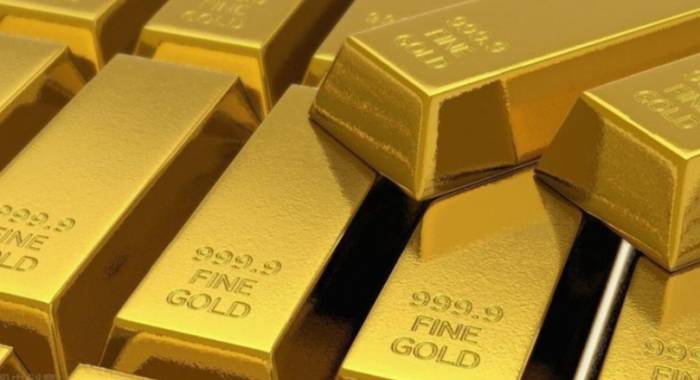Is the crisis over?
Ever since Congress and the White House reached a final agreement on the debt ceiling, investors have realized that they do not feel relieved. Everyone understands that the financial and economic crisis in the United States has not been averted.
Several officials from the Federal Reserve have recently stated that they may be forced to abandon interest rate hikes at the interest rate meeting in June.
The US dollar index rose and then fell, but international crude oil priced in US dollars did not rise as expected. Instead, it accelerated its decline in the last two trading days. In just two days, the drop has exceeded 8%.
01, Record outflow
Let's first look at a piece of news. The US government released a set of the latest data, showing that in just the first quarter of this year, US banks' deposits have collectively outflowed by as much as $472 billion, which is the largest quarterly outflow on record.
Although the United States has a comprehensive deposit insurance system, and the amount of most ordinary deposit customers is far from reaching the limit of $250,000, when three banks went bankrupt in succession in March this year, most customers still resolutely chose to withdraw their deposits from the banks.
From the changes in the share of money market funds, we can see that a lot of deposits have flowed into money market funds, but in fact, it has bred greater risks for the US bond market.
02, Greater risk
Why do we say this?Recently, U.S. Treasury bonds have been continuously sold off, with sellers not only including central banks from various countries but also the largest holding institution, the Federal Reserve.
However, for now, U.S. Treasury bonds are temporarily free from the debt ceiling limit, and it is estimated that the U.S. Treasury Department will issue more Treasury bonds in the coming period to alleviate the fiscal crisis.
This means that more Treasury bonds will be released into the market.
In order to attract more people to buy newly issued bonds, the United States may deliberately lead to a surge in Treasury bond yields. In this case, some investors directly purchase Treasury bonds, while more investors choose to buy money market funds, but the investment targets of money market funds include Treasury bonds.
Jim Rogers, a famous financial magnate on Wall Street in the United States, believes that the U.S. economy is based on the world's largest Ponzi debt scam, which has long gone bankrupt, and the U.S. bond market will eventually pay the price for this.
And this is the time when holders of U.S. Treasury bonds will pay the bill.
Obviously, central banks around the world have gradually realized the risk of having too high a proportion of U.S. Treasury bonds in their foreign exchange reserves.
However, as individuals and retail investors, it is very likely that they have not yet realized this risk and become the last ones to take over.
03, Buy gold

Nowadays, more and more central banks choose to continuously increase their holdings of gold to diversify the risk of a collapse in U.S. Treasury bonds.According to data released by the People's Bank of China, China has been continuously purchasing gold, marking the sixth month of gold accumulation since November. During this period, China has added 128 tons of gold to its reserves, bringing the total gold reserves to 2076 tons. Given that China's holding of gold has always maintained a significant inertia, based on past practices, this increase in gold holdings is expected to continue for an extended period. This also implies that we will continue to buy gold in the coming months.
04, Crude Oil Plunge
The risks associated with the US economy and US debt are also reflected in another aspect, which is the continuous decline in international oil prices. In fact, international oil prices had already been on a downward trend in the previous two months, with only a slight rebound in May. However, in recent days, the WTI crude oil price has fallen back below $70 from above $70. Over the past two days, the WTA crude oil price has dropped by more than 8%.
Due to several Federal Reserve officials stating that there will be no interest rate hikes in June, the US dollar index has declined, and the price of gold, which is priced in US dollars, has already risen. However, crude oil, also priced in US dollars, continues to fall. It is evident that the international community is very pessimistic about the prospects of the US economy.